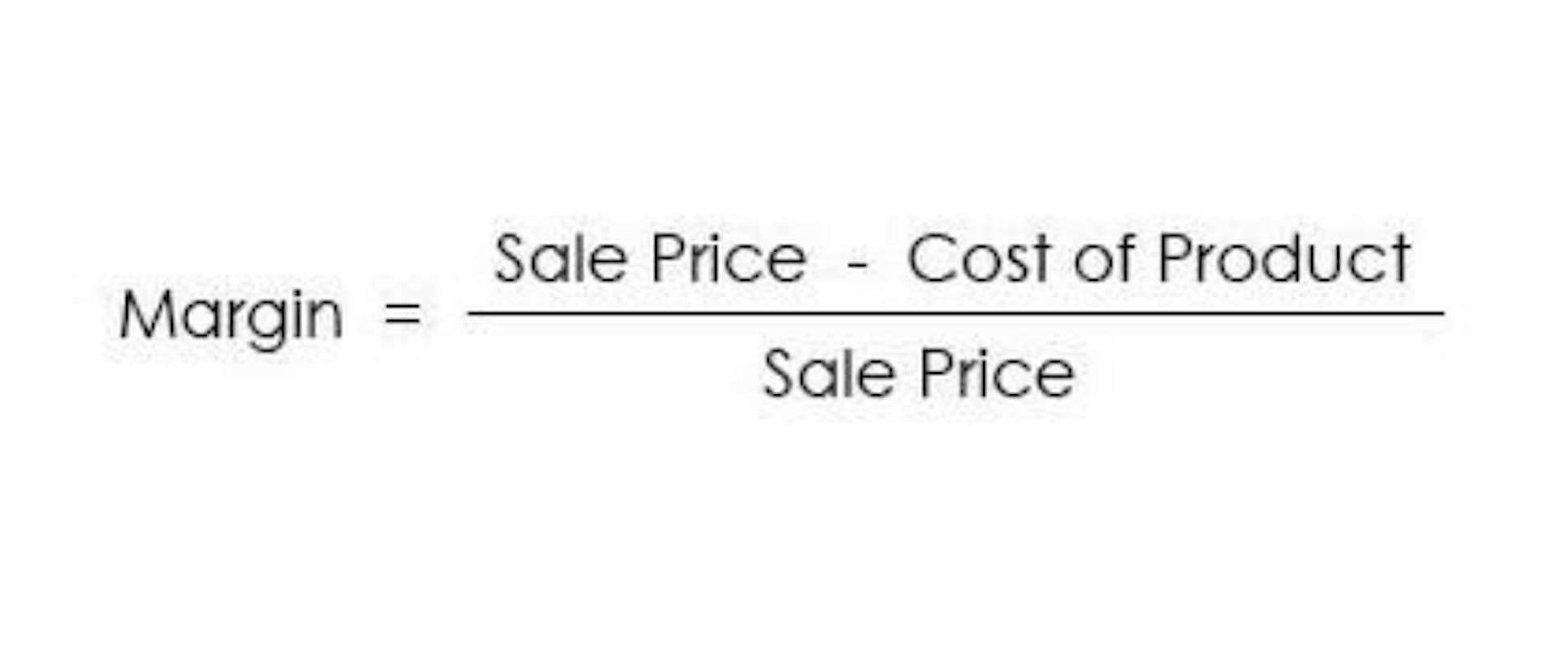
absorption costing is typically used in situations where a company wants to understand the full cost of producing a product or providing a service. This includes cases where a company is required to report its financial results to external stakeholders, such as shareholders or regulatory agencies. Once the cost pools have been determined, the company can calculate the amount of usage based on activity measures.

Provides a Chance for Profit Manipulation
Absorption costing takes into account all of the costs of production, not just the direct costs as is the case with variable costing. Absorption costing includes a company’s fixed costs of operation, such as salaries, facility rental, and utility bills. Having a more complete picture of cost per unit for a product line can help company management evaluate profitability and determine prices for products. Absorption costing is a method of costing that includes all manufacturing costs, both fixed and variable, in the cost of a product. Absorption costing is used to determine the cost of goods sold and ending inventory balances on the income statement and balance sheet, respectively. It is also used to calculate the profit margin on each unit of product and to determine the selling price of the product.

Direct and Indirect Costs
- On the other hand, variable overhead, including utilities like electricity, fluctuates based on the level of production output.
- The absorption costing method is typically the standard for most companies with COGS.
- One of the main impacts of absorption costing on financial statements is that it can affect the profitability of a company.
- The calculation assigns all manufacturing overhead costs, both fixed and variable, to products.
The main objective of absorption costing is to accurately calculate the cost of producing a single unit, considering all manufacturing expenses. It provides the most comprehensive measure of an item’s “true” production cost, thereby allowing manufacturers to appropriately price their products. Additionally, it is the only inventory valuation method that complies with U.S. Additionally, it is not helpful for analysis designed to improve operational and financial efficiency or for comparing product lines. An accounting method that takes all costs into account—both variable and fixed—is known as absorption costing. This method charges all direct, indirect, and fixed manufacturing costs to individual units of production.
Is Absorption Costing required by GAAP?

This includes $10 for direct materials, $20 for direct labor, and $5 for overhead (1 direct labor hour x $5 absorption rate). Variable costing, on the other hand, includes all of the variable direct costs in the cost of goods sold (COGS) but excludes direct, fixed overhead costs. Absorption costing is required by generally accepted accounting principles (GAAP) for external reporting. Variable costs can be more valuable for short-term decision-making, giving a guide to operating profit if there’s a bump-up in production to meet holiday demand, for example. Absorbed cost, also known as absorption cost, is a managerial accounting method that includes both the variable and fixed overhead costs of producing a particular product. Knowing the full cost of producing each unit enables manufacturers to price their products.
These would include summing various labor-related expenses such as hourly wages, overtime payments, employee benefits, and any 401(k) matching contributions. Depending on a company’s business model and reporting requirements, it may be beneficial to use the variable costing method, or at least calculate it in dashboard reporting. Managers should be aware that both absorption costing and variable costing are options when reviewing their company’s COGS cost accounting process. Absorption vs. variable costing will only be a factor for companies that expense costs of goods sold (COGS) on their income statement. Although any company can use both methods for different reasons, public companies are required to use absorption costing due to their GAAP accounting obligations. The main idea and intention behind using such a absorption costing method for costing purpose is to imply that a product, when produced, absorbs both fixed and variable cost up to a certain extent.
Pros and Cons of Absorbed Costs
- Absorption costing can cause a company’s profit level to appear better than it actually is during a given accounting period.
- In any case, the variable direct costs and fixed direct costs are subtracted from revenue to arrive at the gross profit.
- This method of costing is essential as per the accounting standards to produce an inventory valuation captured in an organization’s balance sheet.
- While absorption costing—a GAAP-compliant methodology—is indispensable for obtaining such precise inventory valuations, having the right tools can make all the difference.
- The three types of absorption costing are job order costing, activity-based costing, and process costing.
- To complete periodic assignments of absorption costs to produced goods, a company must assign manufacturing costs and calculate their usage.
Absorption Costing Process
Impact on Profit

- This includes cases where a company is required to report its financial results to external stakeholders, such as shareholders or regulatory agencies.
- This limitation effectively restricts the use of variable costing for external financial statements, emphasizing the critical role the matching principle plays in shaping GAAP-compliant accounting practices.
- Furthermore, it means that companies will likely show a lower gross profit margin.
- This reduced unit cost will manifest as a lower cost of goods sold (COGS) on the income statement, thus boosting net income.
- For instance, consider an apparel company producing both scarves and dresses in the same facility using identical fabric.
